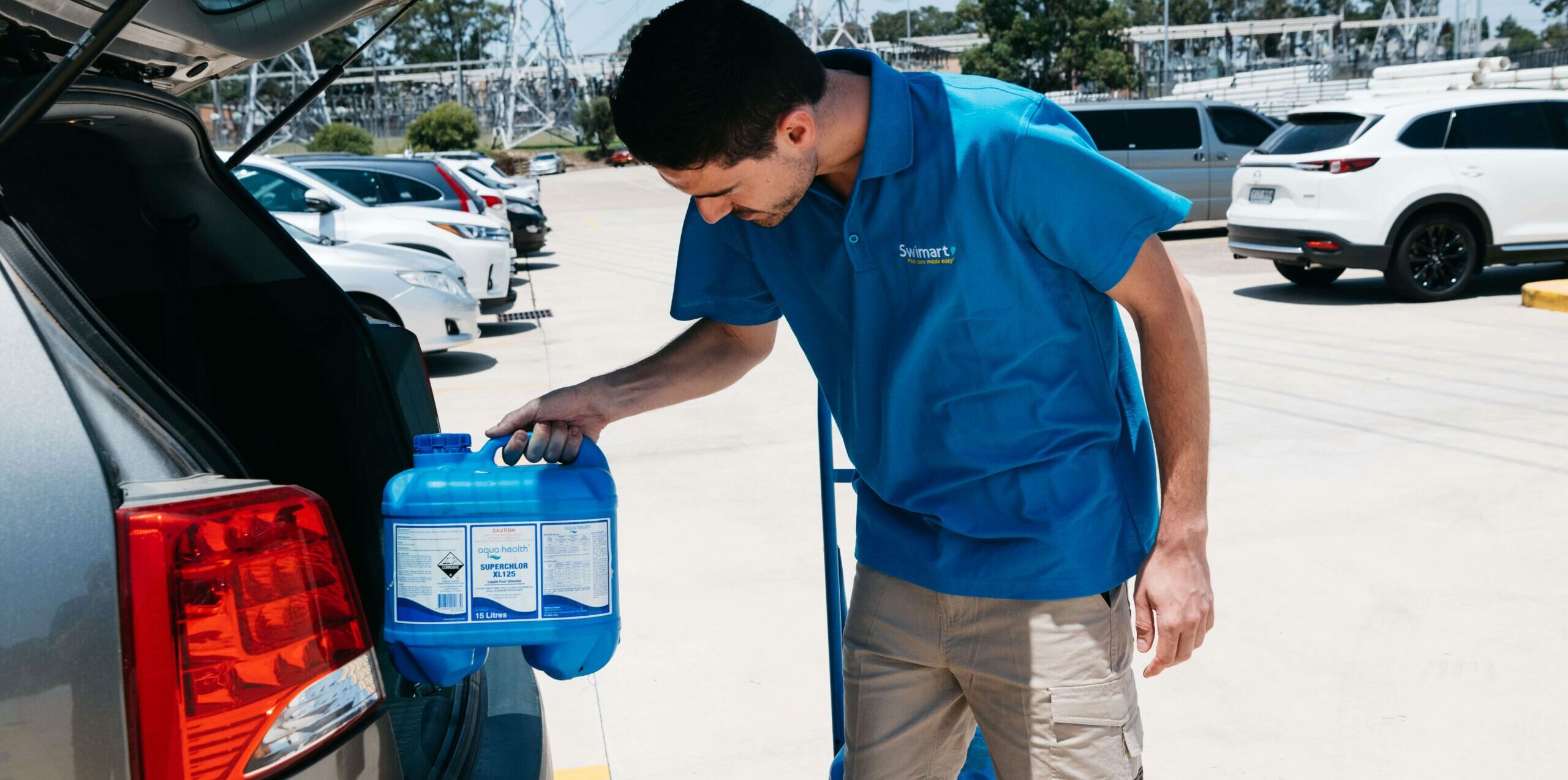Safety Tips
Phosphates
11 August 2010
For pool owners, however, there is another threat from this situation. Last summer, some of the highest recorded levels of phosphate were reported in pools right across Australia. Apparently, the problem of phosphates in our oceans and groundwater has now crossed over to our swimming pools as well as they can enter swimming pools in many way, including leaves, rain etc.
Q. What is phosphate and what can I do about it?
A. Phosphates are mineral salts, and they are not only present in many household cleaners but also in pool some chemicals.
Recent worldwide reports in relation to phosphate dramatically illustrate two points.
1. The levels of phosphate from the increased human population and land development have risen drastically.
2. The effects of these levels are detrimental to both animal and human health.
The biggest concerns for swimming pool owners from increased phosphate levels are excessive, stubborn algae blooms and rapid chlorine consumption. Wet algae weighs 1,000 times more than the phosphate needed to nourish it.
For the swimming pool owner, removal of phosphate is imperative in order to maintain good water quality. Then, once the phosphate has been removed, it is important to maintain a low level. This will ensure clean water, better chlorine performance and no algae.
Your local Swimart has special test kits to check the level of phosphate in swimming pools. Should the result of the test exceed the recommended level then you will be advised of what you need to correct this. We recommend Aqua~Health Algae Starver.
By removing phosphates from the pool water Aqua~Health Algae Starver it will:
1. Allow other chemicals to work more effectively
2. Deplete the water of the main food for algae
3. Give the water a sparkling appearance.
Phosphates have become a problem in our oceans, lakes and streams, drinking water and now in our swimming pools. By being aware of the sources of phosphate, by testing regularly and by taking appropriate action to control phosphate buildup, owners can prevent serious algae problems associated with high phosphate levels in their swimming pools.
Pool owners can avoid high levels of phosphate in various ways:
- Firstly, they should try not to allow runoff from lawns, landscaping or washing decks to enter the pool
- Secondly, they should try and remove leaves and other rubbish etc from the pool regularly as these too are carriers of phosphates
- Thirdly, Customers should regularly test their pool water for phosphates to help keep it under control.
The best way to do this is to come in and get your water tested by a Swimart pool and spa specialist at your local Swimart store.
TIP: Phosphate removal is the key to keeping pools algae free, maintaining quality water and allowing other chemicals to work at their most effective level.
TIP: Test your pool water regularly for phosphates


 AUS
AUS NZ
NZ 


